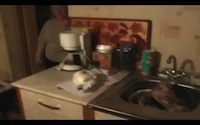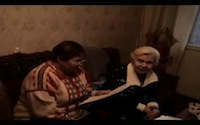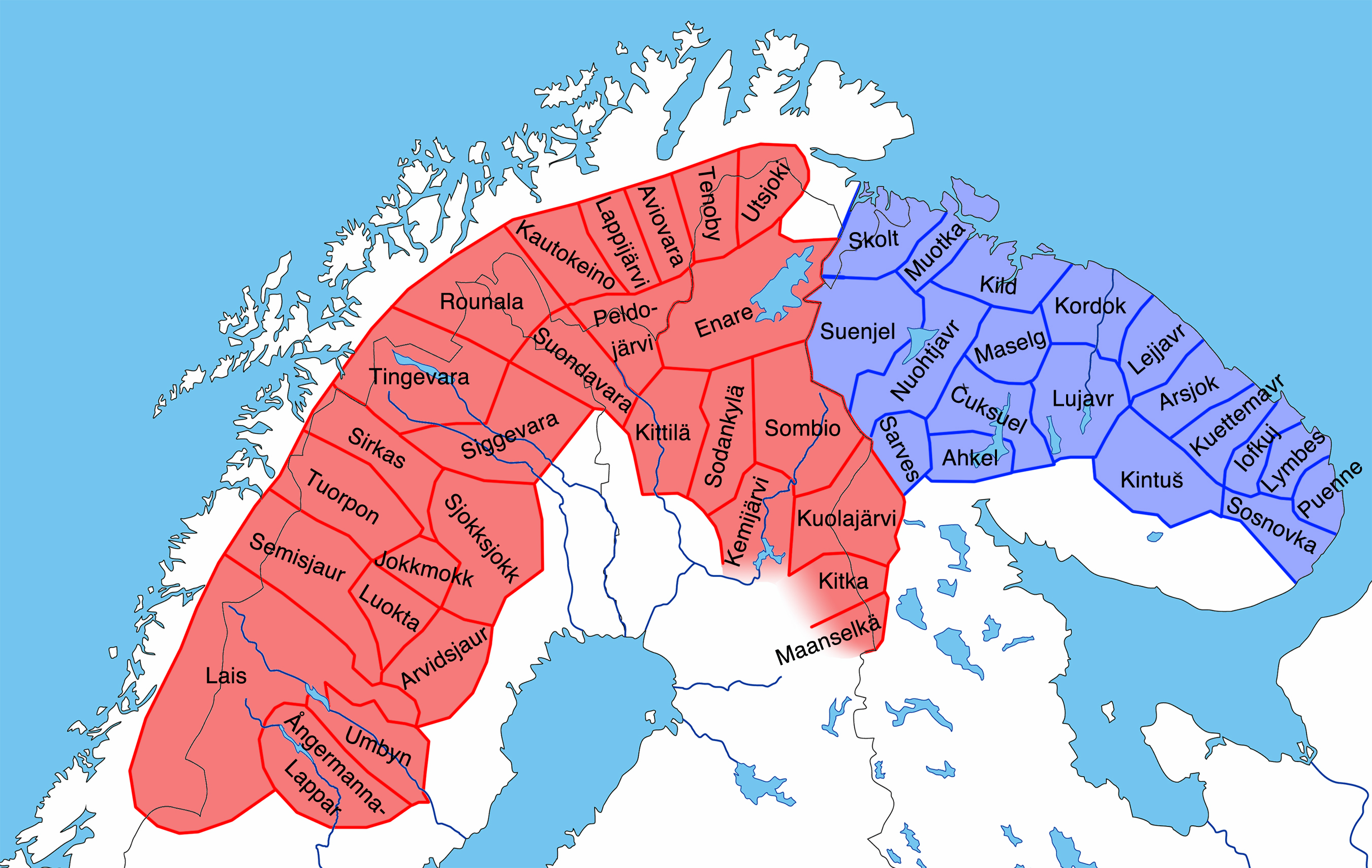
Siidas in Sápmi (via Wikimedia Commons [CC0])
Kola Sámi are the indigenous inhabitants of the Kola Peninsula in northwestern-most Russia and adjacent areas crossing the national borders to Norway and Finland. Kola Sámi landscapes are situated in easternmost Fennoscandia in the subarctic area between the Polar Circle and the Arctic Ocean. The southern parts of the traditional Kola Sámi settlements belong ecologically to the Taiga, the northern parts are in the southern Tundra.
Siida
Sámi traditional landscape is closely tied to the social and linguistic system of the so-called siidas. Siida (Kildin syjjt (сыййт)) denotes both the social organization of one or more kindred clans and the territory which these clans collectively use for living and which provide the natural resources for maintaining their livelihood. Geographically, the siida system coincides more or less with the natural devision of water systems and vegetation zones. Linguistically, the chain of siida boundaries across all of Sápmi (i.e. the Sámi homeland all over Fennoscandia, cf. the map) coincides with the chain of Sámi dialectal isoglosses.
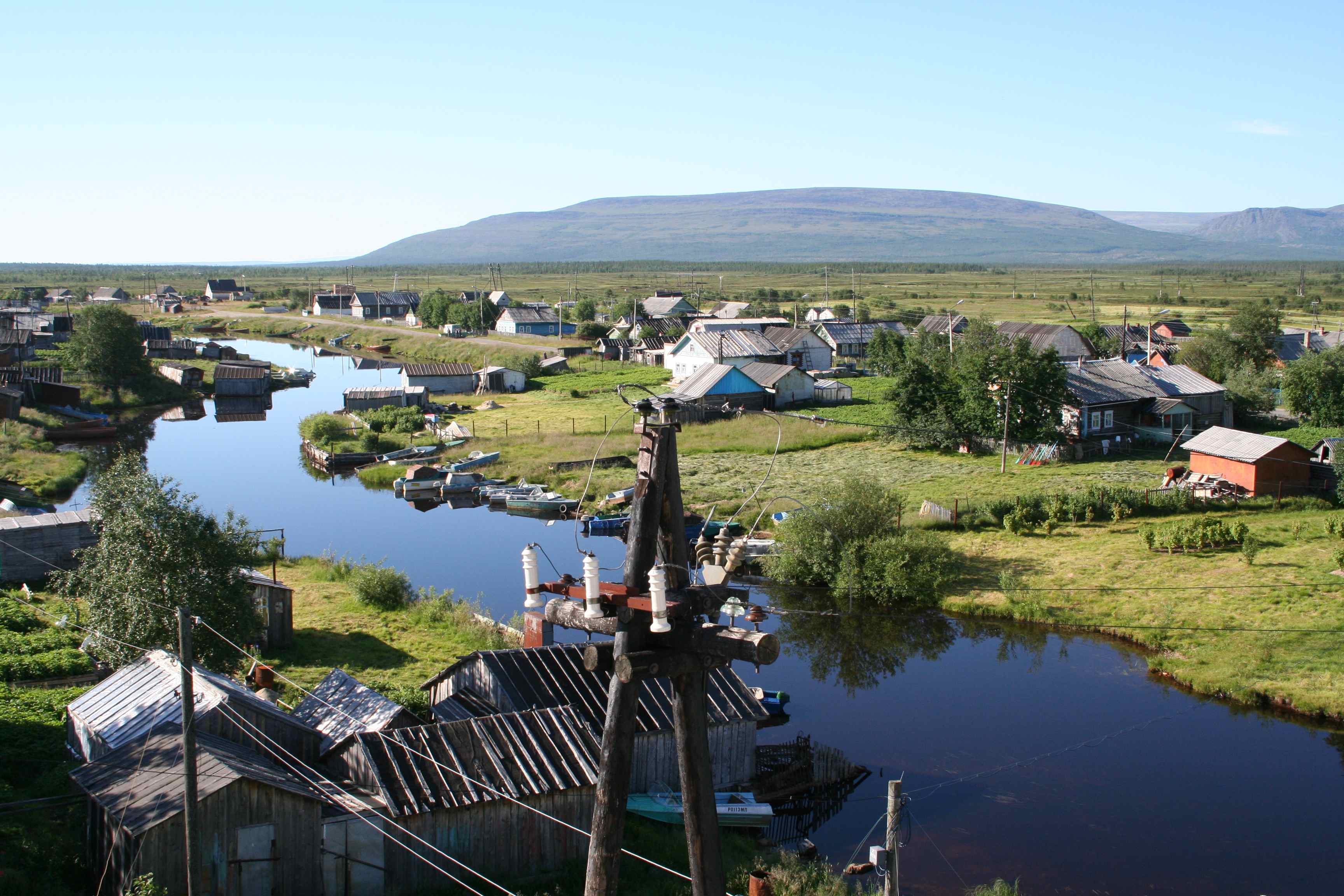
View over river Virma to the mountain range Lovozerskie tundry from the outskirts of Lovozero (July 2006, Foto: Michael Rießler)
Most Kola Sámi siidas were situated between the coast and inland parts of the Kola Peninsula. Originally, the members of a siida split up into smaller groups in spring and started their annual migrating route between several different spring, summer and fall sites for fishing, hunting, reindeer work, etc. The whole siida meet again in the winter village, which was named after some characteristic and nearby geographic feature, often a lake or river. The winter village’s name usually also denotes the whole siida. Thus Lujavv’r syjjt (Луяввьр сыййт) means both the group of Sámi belonging to the original siida of Lovozero and the territory they live on. Furthermore, the name of the siida is also used for differentiating one’s own dialect from the neighbors’, e.g. Lujavv’r kīll (Луяввьр кӣлл)’Lujavv’r language’ (instead of the non-differentiating endonym sām’ kīll ‘Sámi language’).
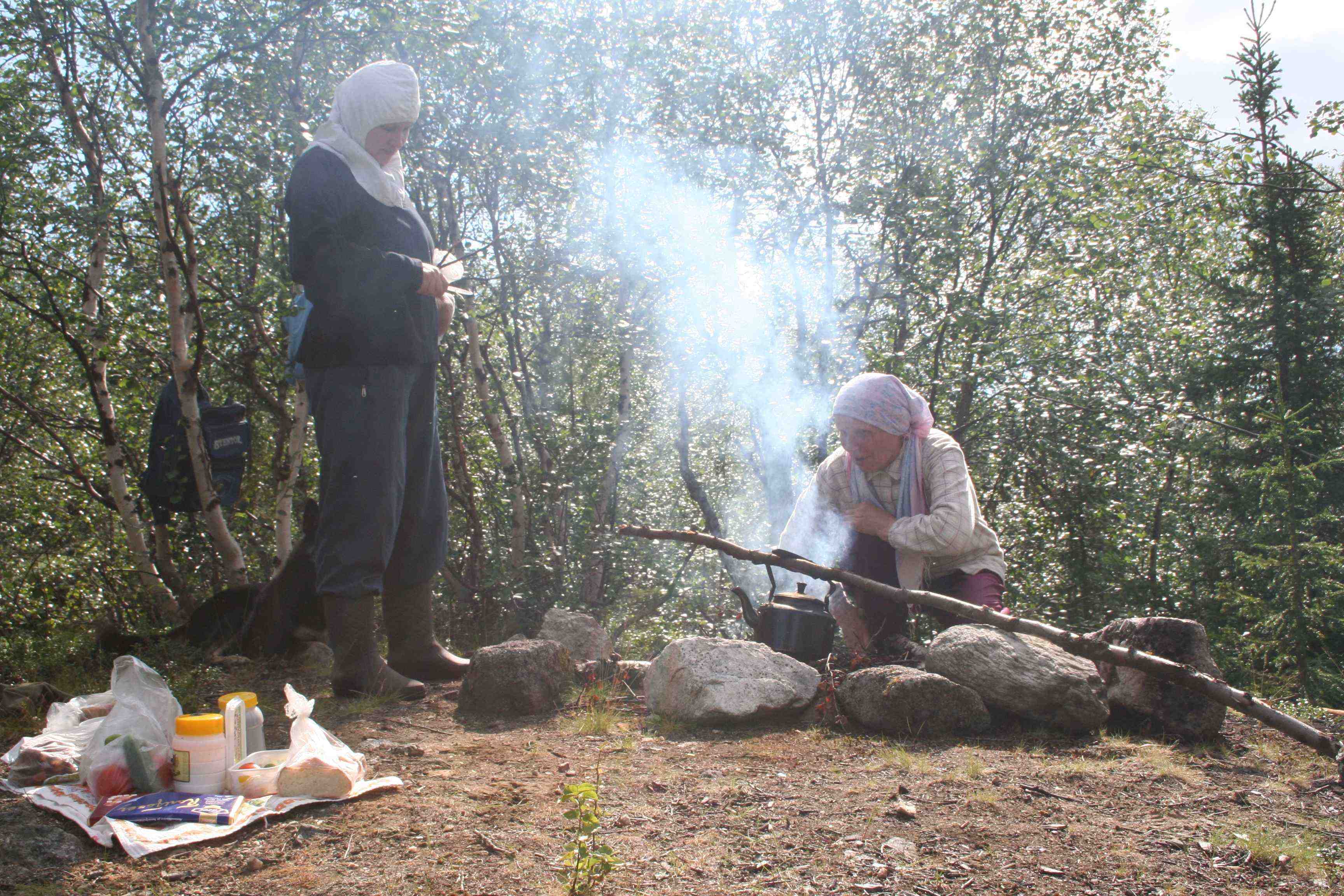
Tea break; project collaborators Nadezhda Zolotuhina and Anastasiya Mozolevskaya (from left) during a trip into the woods outside Lovozero (July 2006, Foto: Michael Rießler)
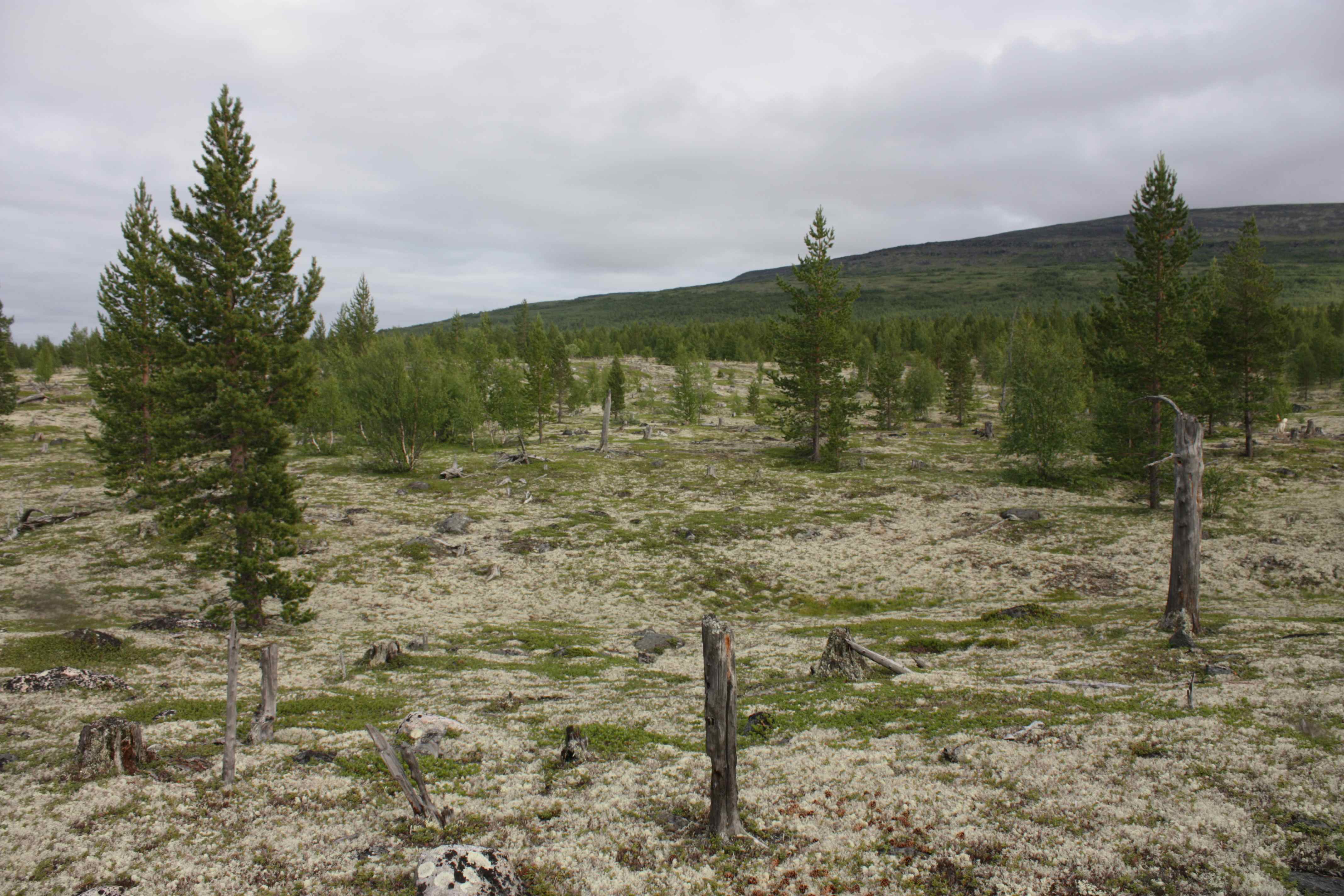
Reindeer lichen n Lovozerskie tundry (July 2008, Foto: René Harder)
The geographic siida system has disappeared today. Most members of Skolt Sámi siidas resettled in Finland after the area of Petsamo/Pečenga was ceded to the Soviet Union in 1945. Forced relocations by the Soviet power led to the complete desertion of all original Sámi coastal settlements. No Sámi winter village is used any longer. However, the siidas keep their social function because family ties and inner-Sámi ethnic identity still link Sámi individuals to a certain siida regardless of their current place and way of living. Olso the original dialects are still maintained although most of todays native speakers are born after relocation from the original siidas.
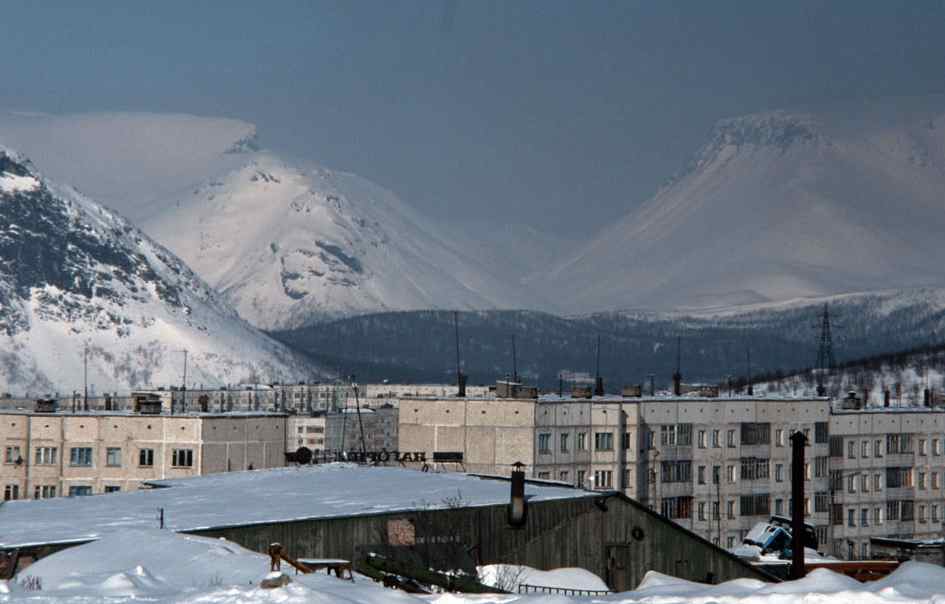
The town of Kirovsk at the foothills of Кhibiny mountain range (March 2004, Foto: Michael Rießler)

